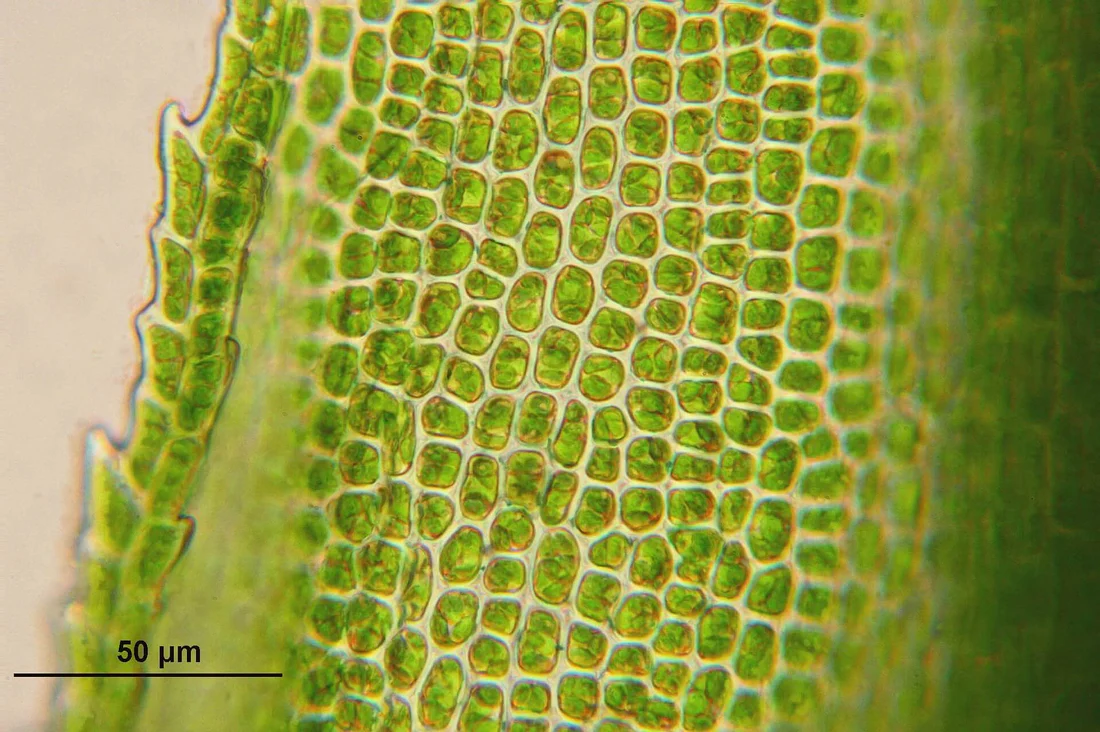Silica, primarily available as potassium silicate, is an unsung hero in the world of cannabis cultivation. While not recognized as an essential nutrient, its inclusion in a grower’s regimen can significantly enhance plant health, structural integrity, and overall yield quality. By strengthening cell walls, improving nutrient transport, and protecting plants against pests, diseases, and environmental stressors, silica serves as a powerful ally in producing robust cannabis plants. Below, we explore silica’s benefits, application methods, and its transformative potential in both soil and hydroponic systems.
Why Silica is Important for Cannabis Plants
Although cannabis can survive without silica, incorporating it into a feeding program transforms plant resilience and productivity. Silica fortifies cell walls by depositing hydrated amorphous silica into plant tissues. This structural enhancement results in stronger, more stable stems and leaves, allowing the plant to support heavier flowers and withstand environmental challenges like wind and excessive heat.
One of the most critical roles silica plays is improving water and nutrient transport. By strengthening the vascular pathways, it facilitates efficient delivery of vital nutrients and water throughout the plant, enabling healthier and faster growth during the vegetative stage. This enhanced nutrient uptake not only boosts the plant’s ability to grow but also helps maximize nitrogen absorption, which is crucial for leaf and stem development. Additionally, silica moderates phosphorus uptake, preventing toxicity—a common issue when phosphorus levels are too high in cannabis-specific nutrient regimens.
Silica also acts as a natural shield against biotic and abiotic stressors. Plants fortified with silica exhibit greater resistance to pests and diseases. The tougher cell walls make it harder for pests to penetrate and feed on the plant, while the antifungal properties of silica help guard against common pathogens like powdery mildew. Furthermore, when fungal infections threaten, silica is mobilized to the infection site, where it creates an inhospitable environment for fungi.
Silica contributes to a cleaner and safer final product by competing with heavy metals in the growing medium. This competition reduces the uptake of harmful substances like cadmium, lead, and arsenic, ensuring that the plant absorbs only beneficial nutrients. For commercial growers, this is particularly important, as heavy metal contamination can lead to failed regulatory testing.
How Silica Affects Plant Growth Stages
Silica is most beneficial during the vegetative stage of cannabis growth, when plants are rapidly developing their structural framework. It accelerates cell division and strengthens the stems and branches, preparing them to support the weight of dense flowers during the flowering stage. The improved structural integrity helps the plant grow taller and wider, optimizing canopy coverage and light absorption.
However, growers must exercise caution when using silica during the flowering stage. While silica is excellent for vegetative growth, its use during flowering can toughen buds, negatively impacting their texture and overall quality. As a result, it is recommended to stop silica supplementation once the plant transitions from vegetative to flowering to preserve the softness and desirability of the buds.
How to Use Silica in Cannabis Cultivation
In Soil-Based Systems
Silica is introduced as potassium silicate, a water-soluble compound. To ensure proper absorption and avoid disrupting the pH balance, mix silica into water first before adding other nutrients. Silica raises the solution’s pH, so growers should adjust it back to the ideal range for soil-grown cannabis (6.0–7.0) before application.
When applying silica in soil, aim for a concentration of approximately 100 ppm, following the product instructions for precise measurements. Typically, this equates to 2–3 mL of liquid potassium silicate per 10 liters of water. Incorporate silica into your regular feeding schedule, but err on the side of underfeeding to avoid nutrient imbalances.
In Hydroponic Systems
Hydroponic cannabis often suffers from silica deficiencies because this element is not naturally present in most hydroponic nutrient solutions. To address this, silica must be mixed separately in water and adjusted to a pH above 7 before being added to the main nutrient reservoir. This ensures that silica remains soluble and prevents precipitation, which can cloud the solution and inhibit nutrient uptake.
Adding silica gradually over time helps maintain the nutrient solution’s balance and minimizes pH spikes. For hydroponic systems, the ideal concentration of potassium silicate is around 100 ppm. While silica can provide significant benefits in hydroponics, overuse can lead to clogged irrigation systems and inhibited growth, so it is crucial to monitor and adjust dosages carefully.
Foliar Application
Silica can also be applied as a foliar spray to protect against pests and fungal infections. While this method enhances surface protection, its systemic absorption is limited compared to root uptake. Foliar applications are best used as a supplementary strategy rather than a primary method of silica delivery.
Best Practices for Using Silica
- Start Early: Begin silica supplementation at the start of the vegetative stage to maximize its benefits for structural growth and pest resistance.
- Stop at Flowering: Cease silica use when transitioning to the flowering stage to prevent toughened buds and reduced product quality.
- Monitor pH Levels: Potassium silicate is highly alkaline and can disrupt the nutrient solution’s pH. Always test and adjust pH levels after mixing silica.
- Follow Manufacturer Guidelines: Dosage recommendations vary by product, so consult the packaging or manufacturer’s website for specific instructions.
Economic and Quality Benefits of Silica
The inclusion of silica in cannabis cultivation has both economic and quality benefits. By strengthening plants and reducing the risk of damage from pests, diseases, and environmental stressors, silica helps minimize crop losses and ensures more consistent yields. Healthier plants also require less intervention in terms of pest control and disease management, lowering overall production costs.
For commercial growers, silica’s role in mitigating heavy metal absorption ensures compliance with stringent regulatory standards, preventing the financial losses associated with failed product testing. Additionally, the improved structural integrity and nutrient transport provided by silica contribute to larger, healthier plants that produce higher-quality buds, enhancing marketability and consumer satisfaction.
Conclusion
Silica is a powerful yet often overlooked tool in cannabis cultivation. By strengthening cell walls, improving nutrient uptake, and protecting plants from stressors, silica enhances the health, resilience, and yield potential of cannabis plants. Whether growing in soil or hydroponics, incorporating potassium silicate into your feeding regimen can deliver significant advantages. However, careful application and monitoring are essential to avoid pH imbalances and overuse. With the right approach, silica can be a game-changer for growers seeking to produce top-quality cannabis efficiently and sustainably.





